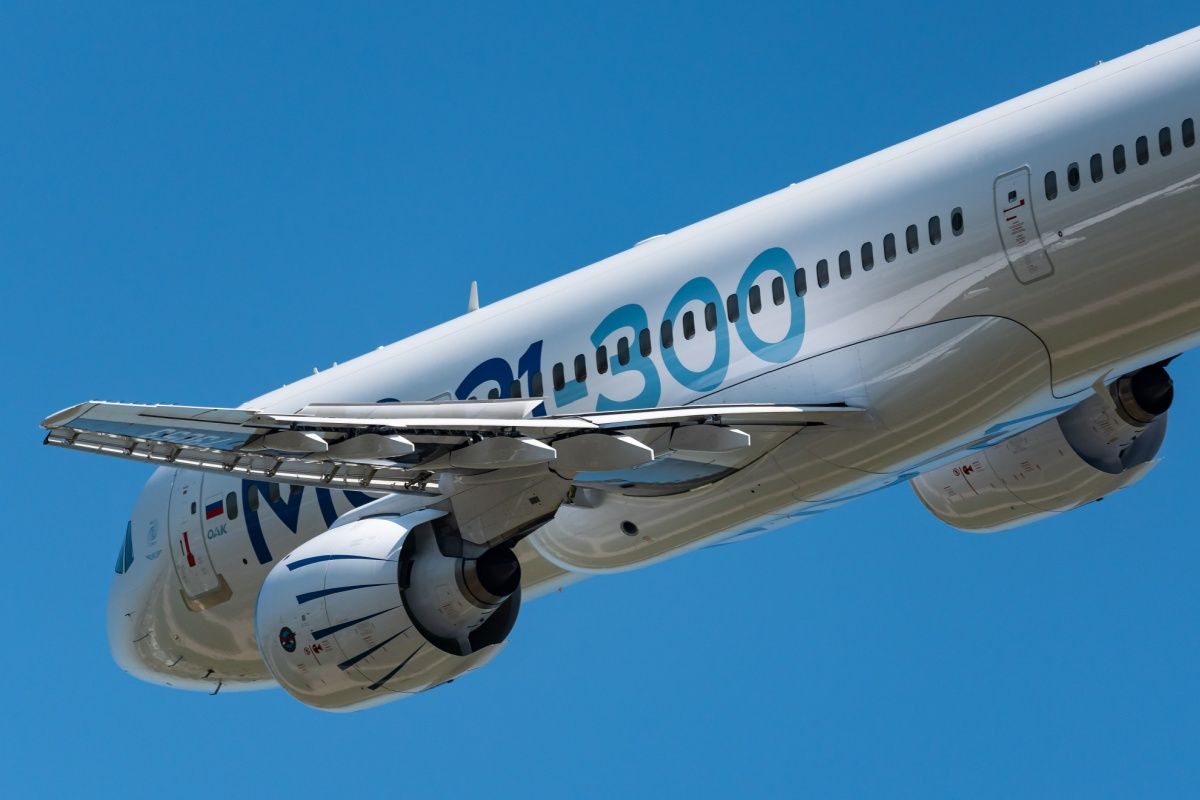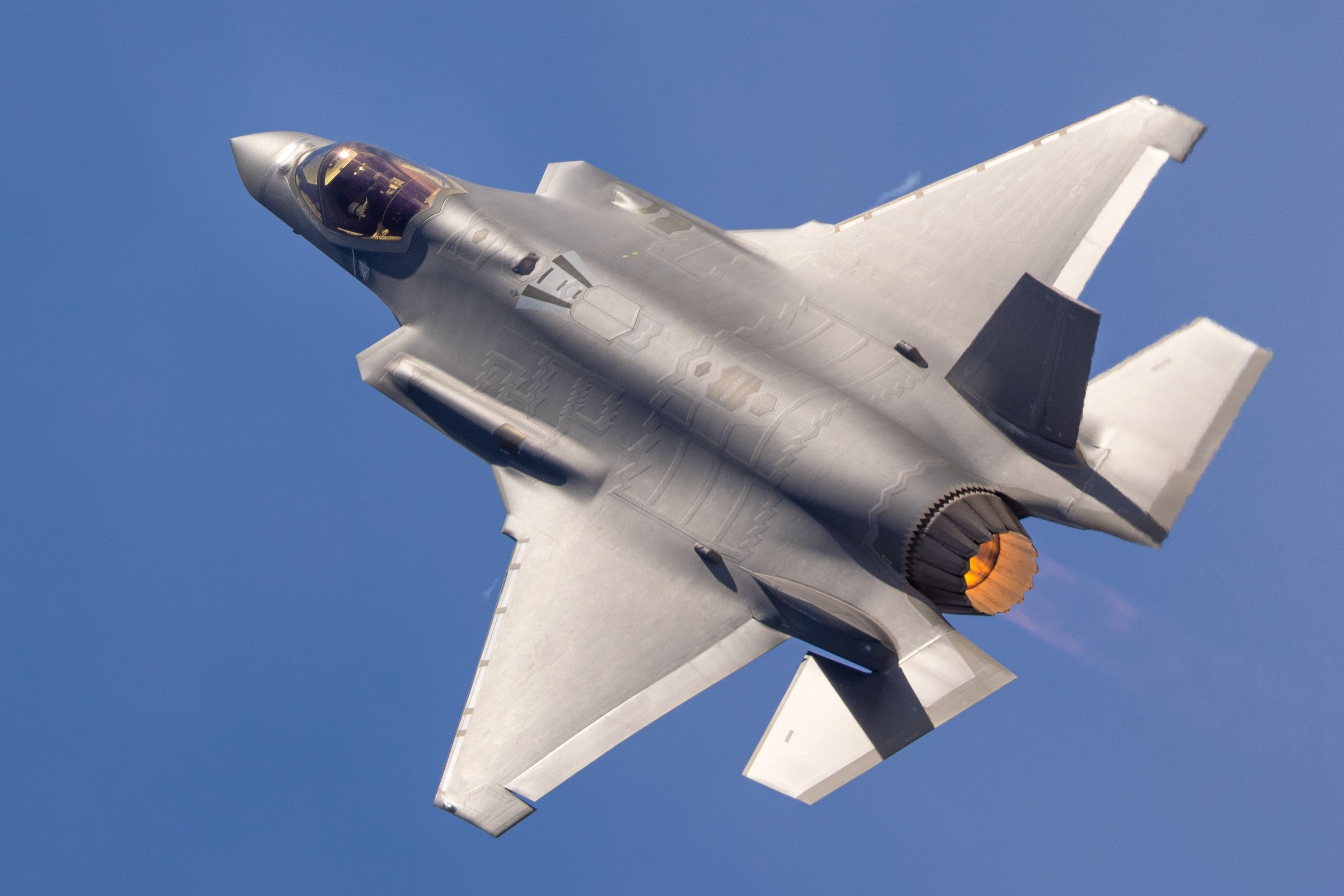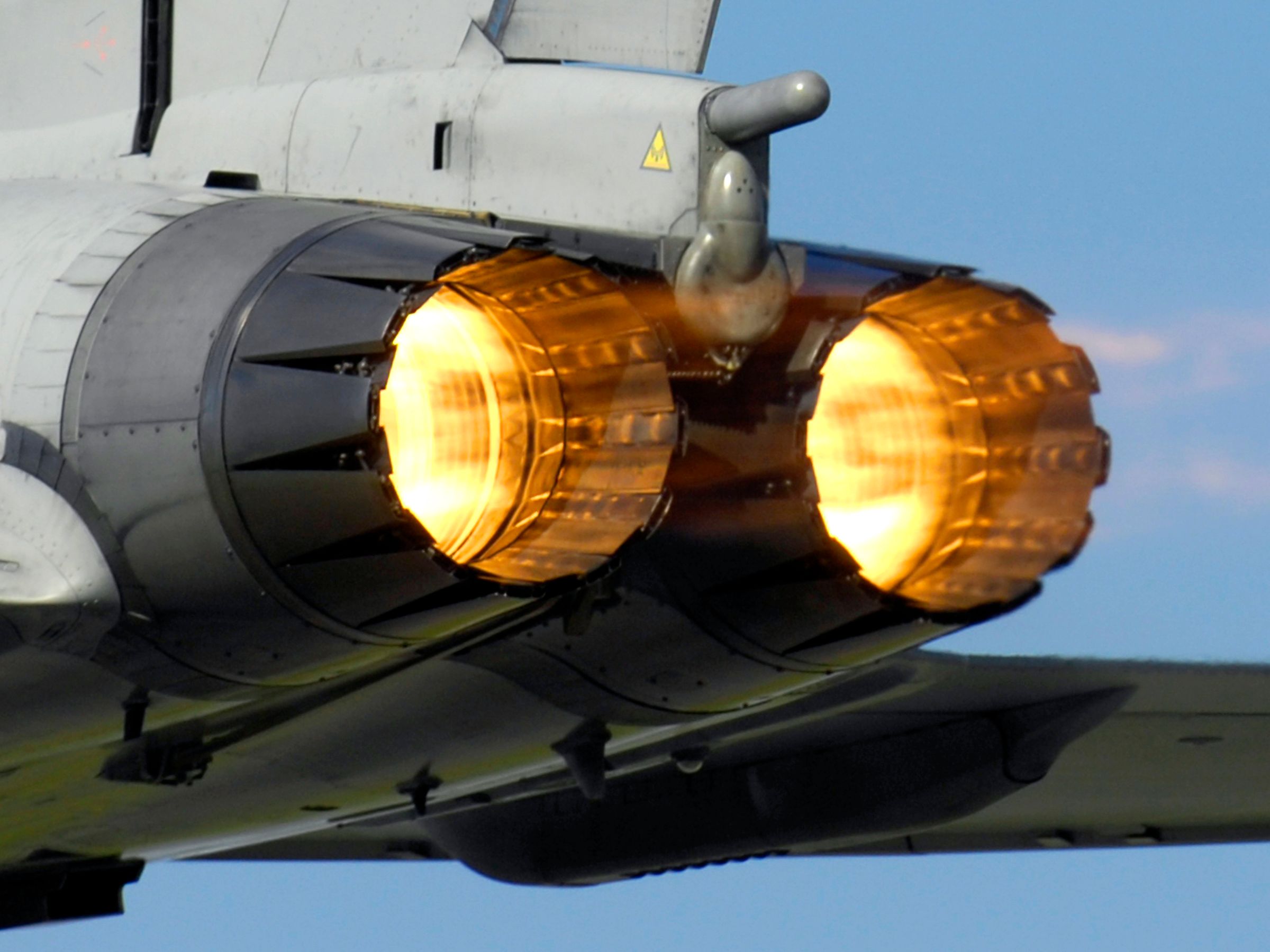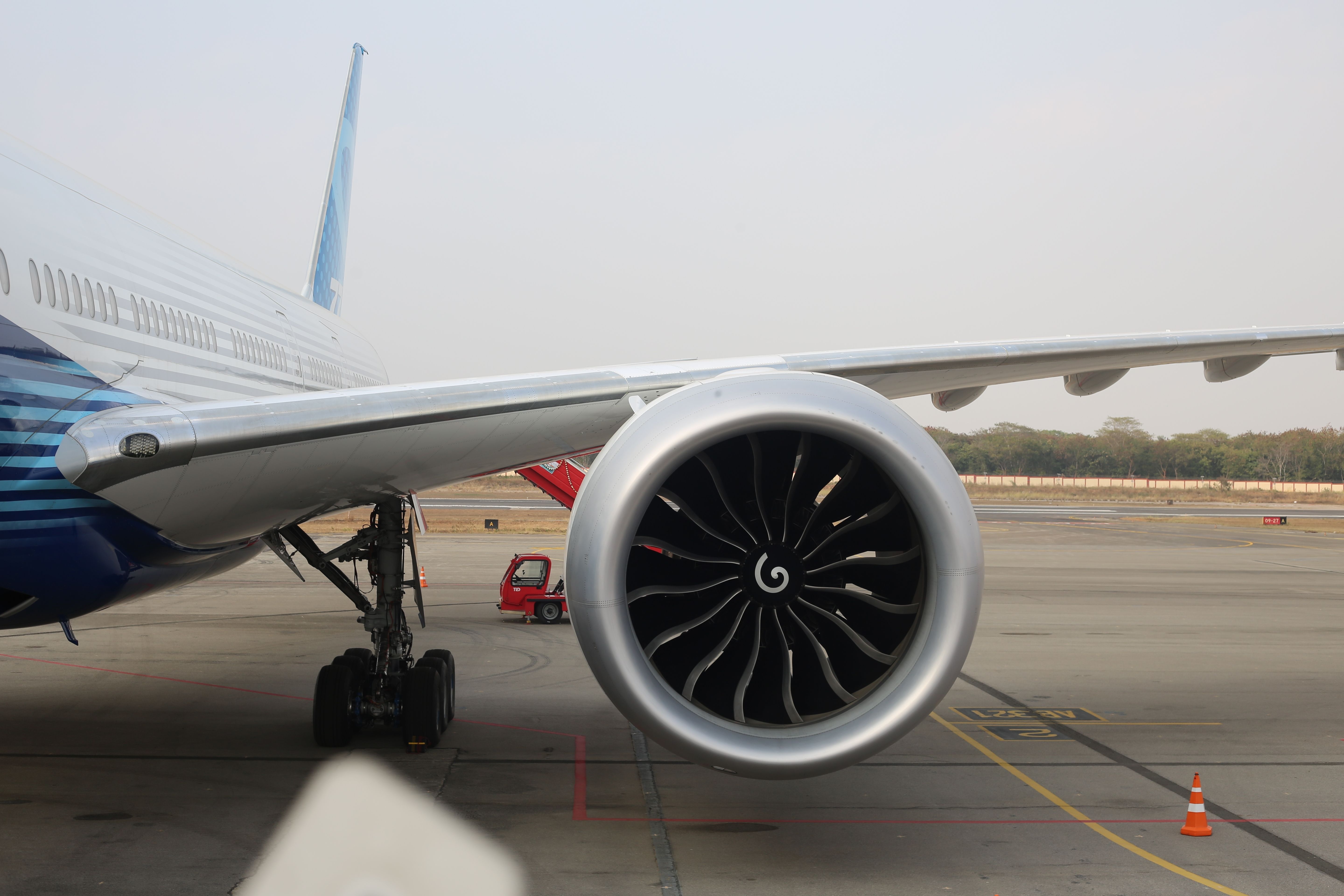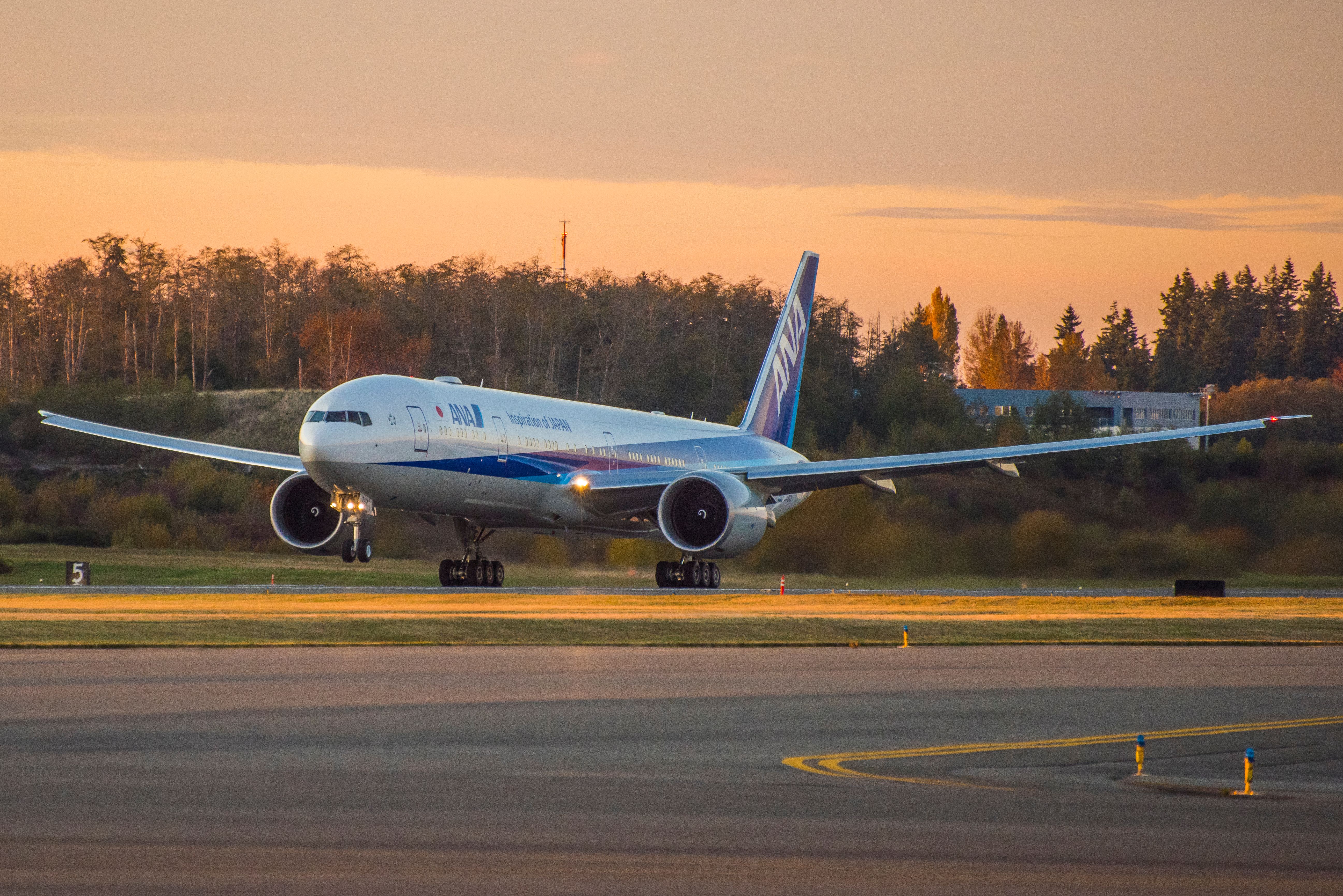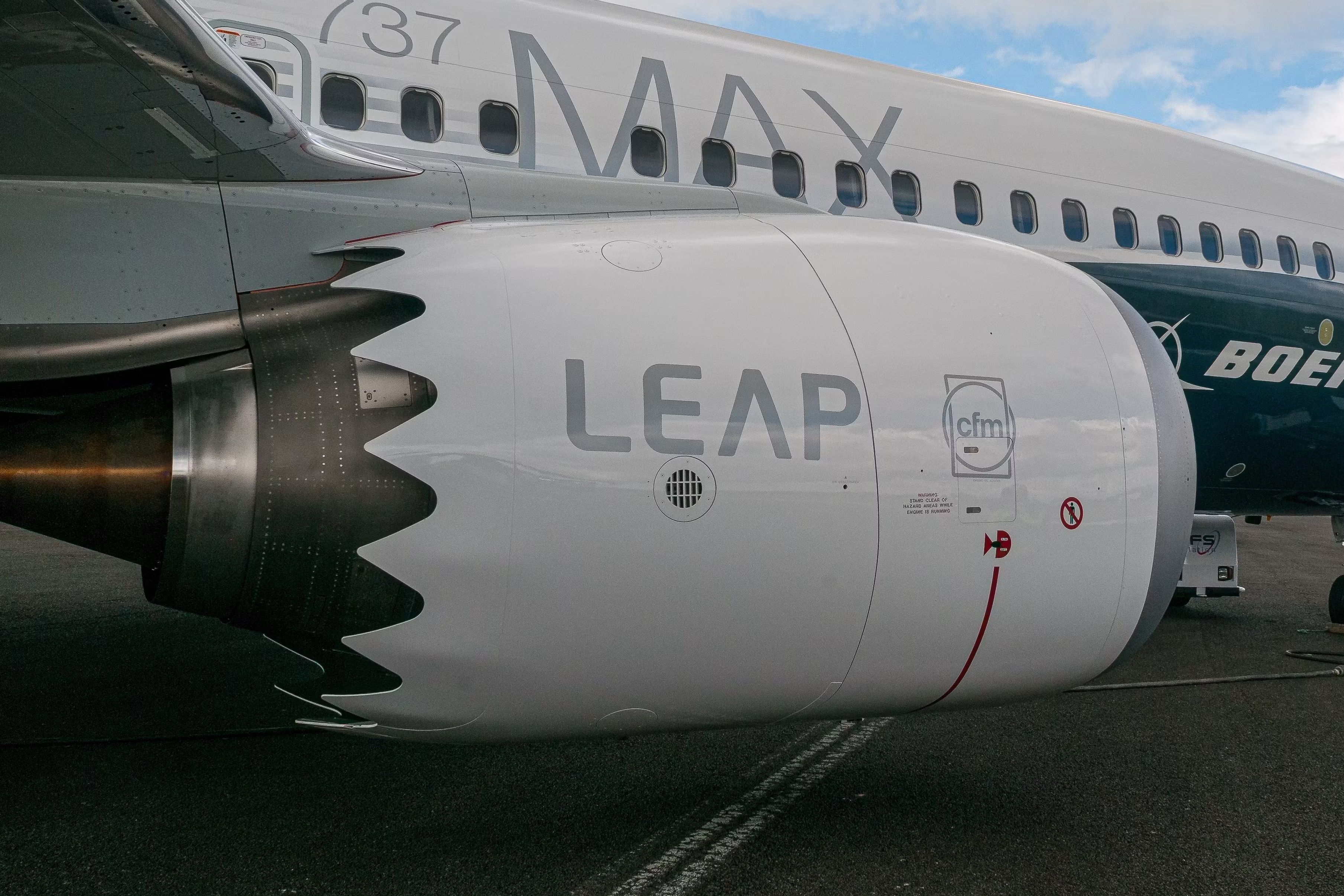Summary
- Developing new commercial engines can cost up to $10 billion, far more costly compared to the past.
- The Pratt & Whitney F135 engine for the F-35 costs around $15 million each, among the most expensive military engines.
- Widebody commercial engines like the GE9X come with a high price tag, around $42 million, due to their size and power.
How much do jet engines cost? The engine is a very large share of the overall cost of purchasing the aircraft – and then a large share of the maintenance cost of the aircraft over its lifetime. While the cost for a Cessna piston engine can cost as little as $40,000, the cost of the latest GE9X is around $40 million (the price of jet engines for larger business jets is normally between $1.5 and $3.5 million).
As jet engines are the cutting edge of engineering, they are expensive. This article will include some of the known list prices for engines. However, the actual cost varies case by case, depending on what exactly customers are purchasing, and prices change over time.
Billions to develop
Writing in 2004, NASA stated that developing a commercial engine would cost around $1 billion and take three years, whereas developing a new military engine would take ten years. However, that was then, and it costs much more now. Developing a new commercial engine can cost as much as $10 billion (Pratt & Whitney’s PW1000G is believed to have cost this).
Photo: BeAvPhoto l Shutterstock
|
Jet engine development cost |
|
|---|---|
|
Pratt & Whitney PW1000G development: |
$10 billion |
|
NGAD fighter jet engine development: |
unknown billions |
In April 2024, Air and Space Forces Magazine reported that the Air Force is requesting $1.3 billion over three years to “complete the development” of a new engine to power the Next-Generation Air Dominance (NGAD) fighter. NGAD is the US Air Force’s ambitious sixth-generation manned fighter.
The F-35 engine costs around $15 million
Military engines are some of the most expensive jet engines on the market. Designed for high-speed combat missions, they comprise technologically advanced materials and systems. The Pratt & Whitney F135 engine that powers the Lockheed Martin F-35 Lightning aircraft costs perhaps around $15 million each (the engine was estimated to cost $15 in 2011).
Photo: ranchorunner | Shutterstock
In mid-2023, the Pentagon awarded a contract worth over $2 billion for the next batch of Pratt & Whitney engines. This was Lot 17 F135 engines and totaled $2.02 billion, although it is unclear how many engines this is for – Pratt & Whitney has previously said that Lot 17 could include 140 or more engines. Taking the 140, it would imply a cost of around $14 million each.
In June 2022, the Defense News reported Pratt & Whitney was awarded a bridge contract worth almost $4.4 billion to provide at least 250 engines for the F-35 fighter. The article read, “If all options in the contract are exercised, Pratt & Whitney said it could cover as many as 518 engines at a total value of about $8 billion.” $8 billion divided by 518 engines is around $15.4 million per engine.
These engines provide 28,000 lbs (125 kN) of thrust to ensure the aircraft’s vertical takeoff and landing capabilities, or 43,000 lbs (191 kN) thrust with their afterburner. It is difficult to know the costs of other fighter jet engines, but it may be reasonable to assume the F-35’s engine sits at the higher end.
Widebody commercial engines
Large turbofan engines that power some of the largest airliners, including Boeing 777, Airbus A350, and Airbus A380, are expensive due to their sheer sizes. The largest commercial engine in the world, the General Electric GE9X (yet to be put to service with the Boeing 777X), comes at a list price of $42 million.
Photo: Aerospace Trek | Shutterstock
|
Example widebody engine list prices (new order list prices could vary) |
|
|---|---|
|
General Electric GE9X: |
$42 million |
|
GE90: |
$30 million |
|
Rolls-Royce Trent XWB: |
$25 million |
It is very difficult to compare the cost of engines because what companies are purchasing can vary massively. For example, in 2022 General Electric reported that Singapore Airlines had signed an additional order for 22 GE9X engines to power its fleet of Boeing 777-9 aircraft valued at a list price of $2.8 billion. That would imply over $100 per engine. However, the contract includes a 12-year GE TrueChoice services contract.
Photo: Tom Boon | Simple Flying
The GE90, which powers the Boeing 777 aircraft, has a list price of $30 million. A single Rolls-Royce Trent XWB, powering the Airbus A350, costs approximately $25 million at list price.
Narrowbody commercial engines
Medium-sized turbofan engines, such as the Pratt & Whitney PW1100 and CFM International LEAP, are equally complex. However, such engines are much smaller in size and hence cost less.
|
Example narrowbody engine list prices (approx). |
|
|---|---|
|
Pratt & Whitney PW1100 |
$12 million |
|
CFM LEAP 1-B |
$15 million |
A CFM LEAP 1-B engine that powers the Boeing 737 MAX family costs $15 million. Similarly, the list price of the PW1100G engine that powers the Airbus A320neo is approximately $12 million.
What makes the engines so expensive?
The cost of modern jet engines is based on their complex design, high-precision engineering, and comprehensive testing. Critical components of an engine are made of lightweight composites, which increase fuel efficiency. With operating temperatures reaching 2,700 degrees F (1,500 degrees C), expensive temperature-resistant superalloys are used in jet engines.
Photo: Vincenzo Pace | Simple Flying.
To put things into perspective, a ton of carbon steel costs approximately $500, whereas a specialized nickel-chromium-based superalloy can cost nearly $50,000 per ton. Precise tolerances and tight machining make the design time-intensive, further increasing engine costs.
Jet engines must undergo comprehensive testing to comply with safety regulations. Whether ground or flight tests on a testbed (test aircraft), jet engines must be certified for all environmental and operating conditions. A typical turbofan engine may require up to 10,000 engine flight cycles during certification testing.
What are your thoughts on some of the most expensive jet engines on the market? Tell us in the comments section.


